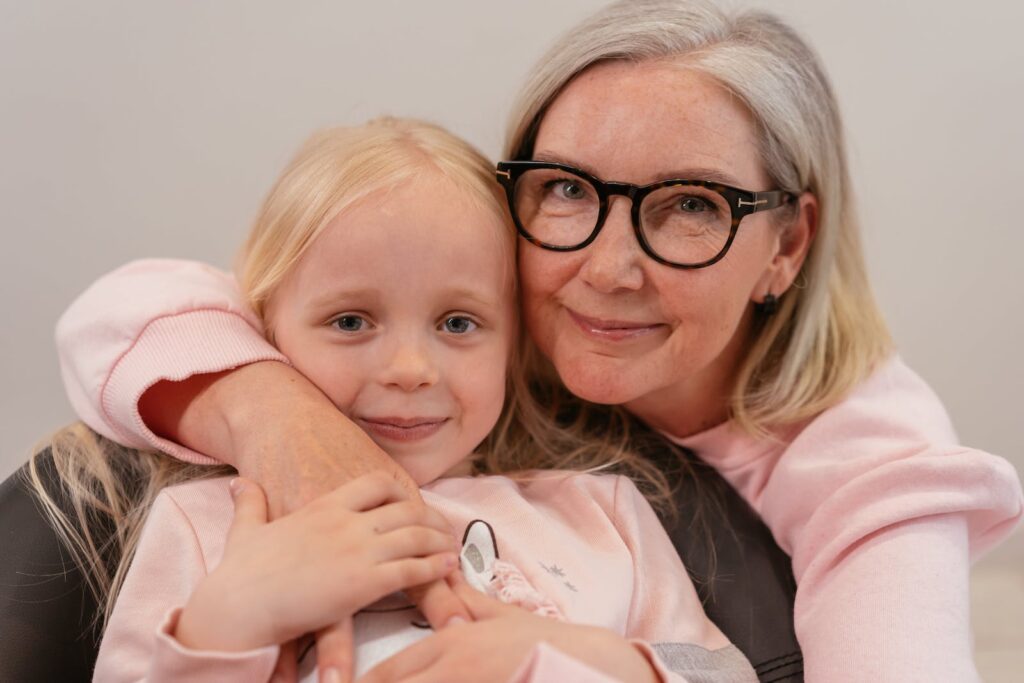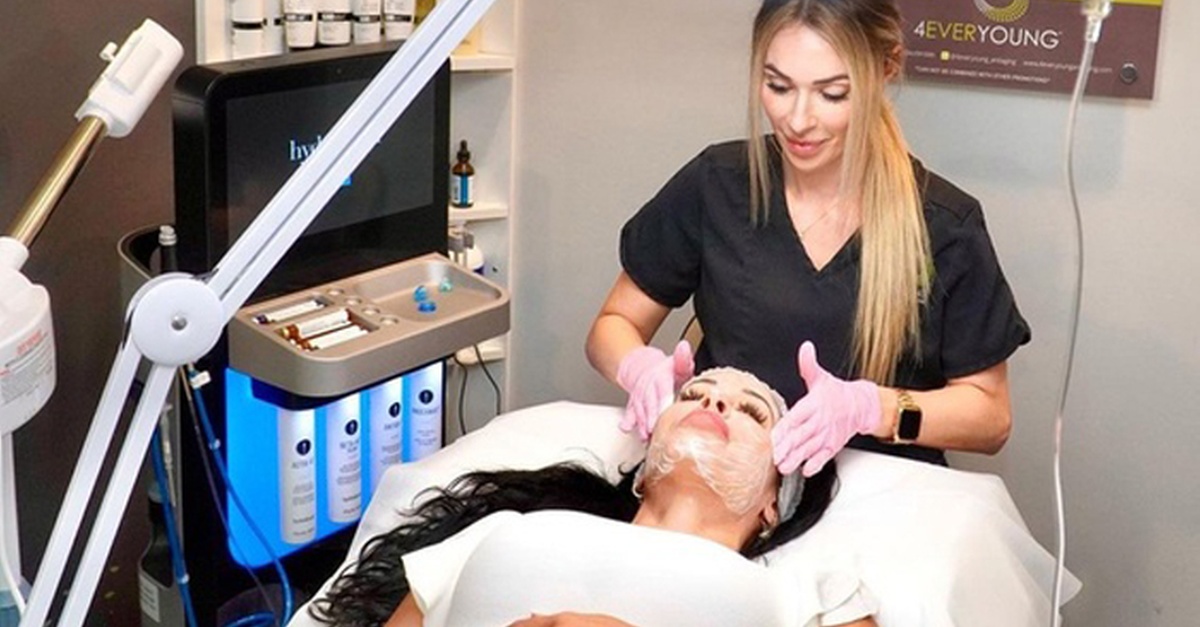
Embracing Timeless Elegance Across Generations
Age-agnostic beauty is a perspective in the beauty industry that dissolves the traditional boundaries set by age. It acknowledges the spectrum of beauty across all life stages and celebrates the unique allure that comes with maturity. As society progresses, there is a growing understanding that beauty is not confined to the youthful bloom; instead, it encompasses all ages, eschewing the antiquated notion that beauty fades with time. This approach encourages individuals to embrace their natural evolution, advocating for self-acceptance and empowerment at any stage in life.
The movement toward this inclusive view of beauty has been shaping beauty trends globally. It signifies a shift from age-targeted products and marketing strategies to a more comprehensive approach that addresses concerns of diverse age groups without stereotyping. Brands are increasingly adopting this ethos, blurring lines and crafting offerings that appeal to a wide demographic landscape. The trend fosters a culture where the celebration of characteristics such as wrinkles and grey hair is not only normalized but revered, marking a departure from solely youth-centric ideals.
In the age-agnostic beauty ethos, the dialogue around personal care and cosmetics shifts from anti-aging to aging-well, highlighting wellness and authenticity over the pursuit of eternal youth. This perspective heralds a transformative era for beauty ideals, where the focus is less on reversing the signs of aging and more on enhancing one’s natural appearance. The industry’s trajectory points towards a future where beauty is unbound by age, and personal care routines are tailored to enhance well-being and confidence for all, setting a new standard for beauty inclusivity.
The Age-Agnostic Beauty Movement
The Age-Agnostic Beauty Movement represents a significant paradigm shift in the personal care and beauty industry, where the focus is on celebrating beauty across all ages rather than just catering to youth.
Defining Age-Agnosticism in Beauty
Age-agnostic beauty embraces the concept that beauty does not diminish with age. It challenges traditional anti-ageing narratives by promoting a perspective where the natural process of ageing is celebrated, rather than resisted. This inclusive approach caters to everyone, irrespective of their age, acknowledging that beauty is timeless and not restricted to a certain life stage.
Cultural and Demographic Drivers
Several factors contribute to the age-agnostic shift in beauty standards. Sociocultural changes have influenced the perception that one can age well without succumbing to the pressures of appearing perpetually young. Demographically, older consumers are recognized as a valuable market segment, with both the desire and the means to invest in beauty products that cater to their needs. Instead of targeting age-specific issues, brands are creating products that address the common desires of all age groups, reflecting a broader cultural acceptance where ageing is celebrated.
Consumer Behavioral Shifts and Preferences
In the landscape of beauty, there is a discernible transformation in how consumers, spanning from youth to boomers, are making choices about beauty products; a shift driven by both generational values and the pervasive influence of digital platforms.
Generation-Specific Beauty Choices
Gen Z consumers are actively rejecting one-size-fits-all beauty norms in favor of personalized, inclusive products. This cohort, deeply attuned to issues of diversity and body positivity, seeks brands that engage with them on their terms. There is an increasing demand for products that cater to a range of skin types and tones, signaling a departure from the historically narrow definitions of beauty.
Meanwhile, boomers and Gen X individuals often look for products that promise longevity and health over temporary enhancements. The WGSN survey found that a significant portion of Gen X women express concern over aging, and it’s observed that women begin experiencing age-related anxiety by the time they reach 29. This awareness translates to a preference for items that promote a ‘timeless’ quality, rather than those that claim to ‘reverse’ the aging process.
The Role of Social Media and Influencers
Social media platforms like TikTok have ushered in an era where social media filters and beauty apps shift consumer expectations. Gen Z, in particular, leverages these tools to experiment with and express their identity. This generation’s daily interaction with beauty influencers and online communities has reframed the traditional beauty narrative, pushing brands to adapt their marketing strategies to maintain visibility.
Boomers and Gen X are also tuning into the digital trend, albeit with a different lens. They tend to engage with brands and influencers who resonate with their desire for authenticity and mature, understated elegance.
From Anti-Ageing to Ageing Positively
A seismic shift from ‘anti-aging’ to ‘aging positively’ marks a revolutionary turn in consumer attitudes toward beauty. This age-agnostic approach recognizes and celebrates aging as a natural process, with the term “anti-aging” being perceived as outdated. Brands now seek to meet consumers ‘where they are’ by offering products that emphasize nourishment and health, rather than erasure of age.
Beauty products and language are evolving to serve the need, not the number, effectively leading to a more inclusive market that honors beauty at every stage of life. This shift encourages individuals across generations—from Gen Z to boomers—to embrace their age with confidence and view beauty as an extension of wellness.
Innovative Approaches to Inclusive Beauty
Age-agnostic beauty seeks to cater to consumers’ needs beyond age demographics, favoring inclusive approaches that embrace diversity and personalization. This section navigates through how technological innovation, sustainability, and wellness centricity are reshaping the beauty industry.
Technological Advances in Beauty Products
The incorporation of AI in the beauty sector is redefining personalization. AI-powered algorithms can now analyze individual skin and hair conditions, recommending tailored skincare and haircare routines. For instance, some beauty apps use facial recognition to suggest cosmetic products that match one’s unique features.
Sustainable Practices and Natural Ingredients
Sustainability is gaining momentum in beauty, with brands adopting circular systems and regenerative farming practices to source alternative ingredients. Companies are termed as soil saviours when adopting active compostable materials in packaging, signaling a shift towards eco-friendly solutions. Aeroponic cultivation is emerging as a method to grow natural ingredients without the need for soil, reducing the environmental footprint of beauty products.
Beyond Skin Deep: Wellness and Self-Care
Beauty is evolving into a holistic concept that includes mental and physical wellness. Brands are leveraging neuroscience to develop products that not only yield aesthetic benefits but also enhance self-care rituals. Consumer demand is steering the industry towards products that promote relaxation and emotional well-being, recognizing that beauty is not just skin deep.
Impact of Culture and Languag
The cultural milieu and language surrounding beauty shape consumer perceptions and industry practices, especially with the rising trend of age-agnostic beauty. Notions of beauty, influenced by demographic expectations and a shift in language used, challenge traditional age-specific marketing.
Beauty and Language: Communicating Age-Agnosticism
Brands are increasingly adopting a new language to resonate with consumers, moving towards age-agnostic communication that emphasizes inclusivity. According to a recent WGSN survey, 74% of Gen X women experience age anxiety, pushing brands to use language that focuses on beauty needs rather than age demographics. This shift aligns with the understanding that the language used in beauty is powerful, shaping how beauty products are perceived by consumers.
Age Representation and the Media
The portrayal of age in media, specifically the visibility of Hollywood actors and influencers, impacts societal views on aging. As entities in the public eye reject the stigma of aging and embrace inclusive beauty narratives, they influence demographic expectations and foster a culture that sees age as a non-issue. This holistic representation in the media is crucial for normalizing all stages of life within the beauty industry.
Global Beauty Trends and Cultural Interpretations
Cultural interpretations of beauty ingredients and trends are diverse, with a global beauty landscape that respects and integrates different cultural practices. The WGSN report highlights that as brands cater to a global market, recognizing and celebrating cultural differences becomes key. Using beauty ingredients revered within various cultures without appropriation, and understanding their significance, enhances the authenticity and acceptance of age-agnostic beauty trends across demographics.

